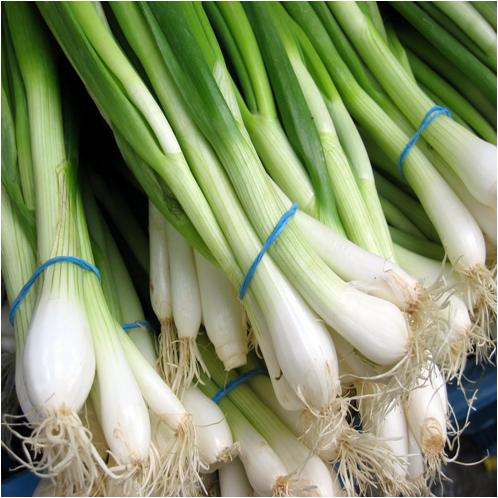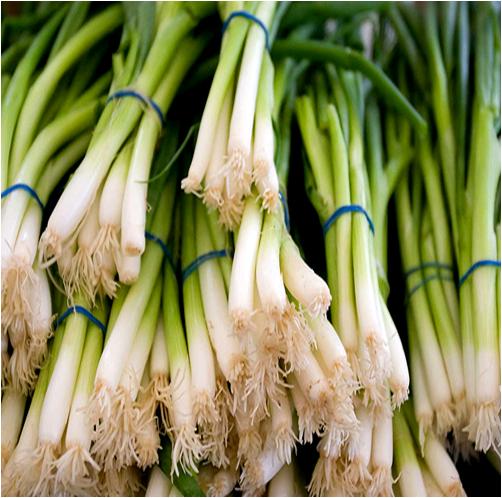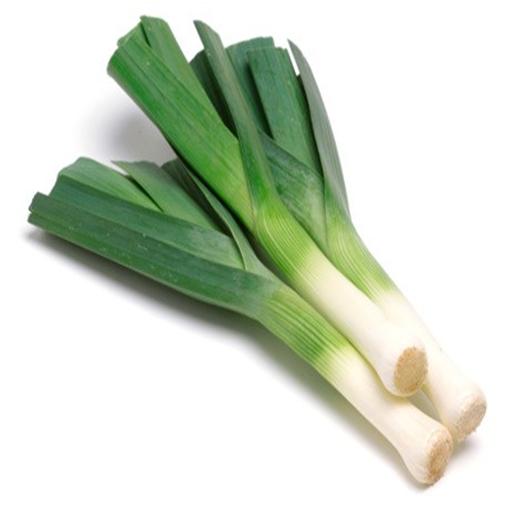Difference between Leek and Spring Onion

Spring onions and leeks are different members of the onion family. Both of them belong to genus “Allium” of kingdom Plantae. We all simply love to eat these onion varieties that are an integral part of various cuisines, especially Chinese. There are so many similarities between leeks and spring onions that the majority of people, even culinary experts, remain confused between the two. Remove all the confusion by exploring the differences between the two fresh greens.
The edible part of a spring onion (bulb) remains inside the earth until harvesting, whereas leeks are grown mostly above ground.
Spring onions are thinner and smaller than leeks.
Leeks possess a much soft and milder essence than spring onions.
Leeks are used more in Italian cuisines, while spring onions are essential part of Chinese dishes.
Instructions
-
1
Spring Onion
Spring onions are edible plants of Amaryllidaceae family, the origin of which dates back to 2990 BC. In those days, spring onions were grown in Chinese gardens. They are also referred as scallions, salad onions, precious onions, yard onions, gibbons, baby onions, green shallots, syboes and table onions. They are well-liked all over the world for their unique aroma and flavour. They can be eaten as a raw salad or can be added to curries, soups, salads and even in sandwiches. Moreover, they make a pretty garnish and go very well with mushrooms. In additional to their nutritional benefits and amazing taste, they take much less time to cook. Raw spring onions are powerhouses of vitamin A, vitamin C, vitamin K, calcium, iron and sodium etc. They lower the blood sugar level, help against gastrointestinal problems, stimulate blood circulation and soothe the common cold.
- Image Courtesy: myallotmentgarden.co.uk
-
2
Leek
Unique flavoured leeks are a tubular (cylindrical) and leafy stalk of the lily family that are closely related to the onion. It originated in Asia and the Mediterranean. Leeks are grown and harvested during all four seasons of the year. Their overlapping flat green leaves form an elongated cylindrical stem, growing opposite every year. Leeks require deep trenching in order to produce or keep the tender white part. They don’t really form a bulb. As much as they grow, white bulbous stalks form, which are used in garnishing or culinary activities. The greens are usually discarded as they are rough, hard and stringy. Leeks are excellent sources of vitamin A, vitamin B6, vitamin C, vitamin K, folate, manganese, iron, fiber, magnesium, molybdenum, copper, calcium, potassium, zinc and selenium. They are one among the best natural antioxidants.
- Image Courtesy: bariatricfreedom.com







